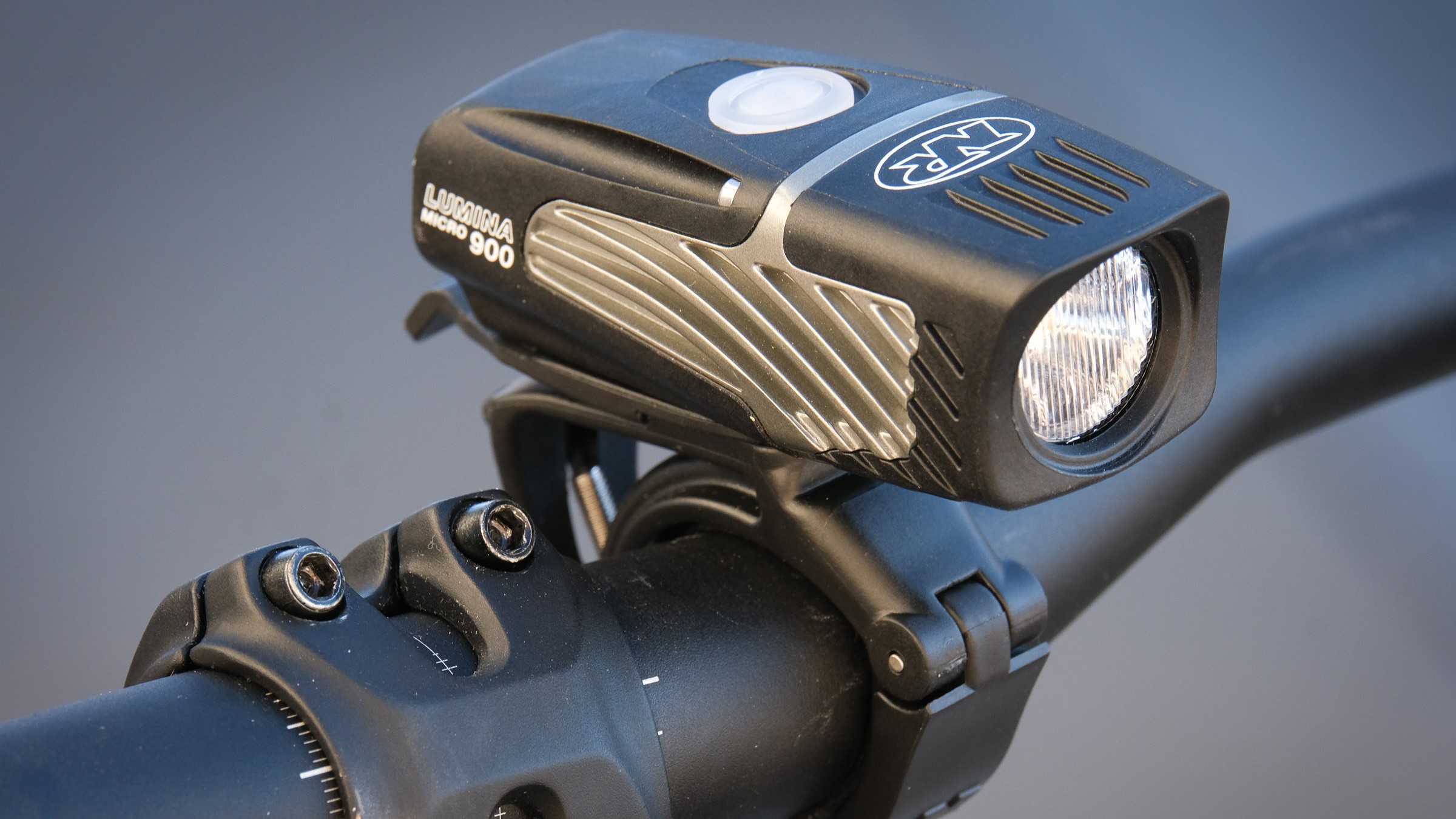What to look for when choosing bike lights

The best bike lights do two things: they allow you to see, and they ensure you can be seen, but when it comes to choosing a headlight and taillight for your bike, the choice can be overwhelming.
If you're using your bike to commute through the city, you'll probably want to select a light that can easily be removed from your handlebars or seat post when you lock your bike up. If you're heading out on a bikepacking adventure, you'll probably be more concerned about battery life.
We've hand-picked the best bike lights on the market for every adventure here, but here are the key things to look for as you shop.
What to look for when choosing bike lights
Lumens
You’ll start your search for the best bike lights by determining how many lumens you need. Lumens measure the light’s brightness, and more lumens mean a brighter light.
Whether you need the brightest light or not depends on where you ride, how often, and in what conditions. If, for example, your goal is to be seen rather than to see, you can save some money and get a lower-lumen light. But if you’ll be riding on dark roads or trails, you’ll need a bright, high-lumen light upfront to ensure you can see well, and for a good distance ahead of you.
Taillights are, of course, meant to be seen. So the best rear bike lights feature various blinking patterns and brightness levels. Some of the best rear bike lights can be seen up to a mile away. Rear bike lights most commonly attach to your bicycle’s seat post. Try to find a tail light that casts a beam backward, but also to the sides.
Get instant access to breaking news, the hottest reviews, great deals and helpful tips.
How the bike lights charge
Any of the best bike lights will be USB-chargeable, while some of the most recent offerings feature a USB-C port, many still use mini or micro USB ports. Battery life can vary widely depending on the type of light and features. Consider how much you’ll be using the light and how often you will be able to charge it when choosing the lights that are best for you.

How waterproof or weather-resistant the bike lights are
The best bike lights are built to withstand all types of weather, as well as impacts. Rear-facing lights are generally constructed with plastic, though they are also weather-sealed to withstand the elements.
Headlights are sometimes made with plastic casings. You can spend more money to get an aluminum casing, which will add some durability (and also likely some weight).
The bike light's mounting system
The best bike lights all include a mounting system that adapts to various mounting locations. Handlebars and seat posts can vary in size, so the best lights come with mounting straps or other systems that can adjust easily and quickly.
Extra features
Some lights include added features like Bluetooth connectivity, rear-facing radars, integrated cameras, and LED displays. All of those are nice-to-haves but certainly aren’t necessary for everyone. Remember: the best bike lights allow you to see and be seen.
Take a look at the best bike helmets to keep you safe on the road, and our roundup of the best electric bikes to get you from A to B in half the time.

Dan Cavallari is the former technical editor for VeloNews Magazine, who currently reviews electric bikes, bike lights, and other bike accessories for Tom's Guide. In addition to VeloNews, his work has appeared in Triathlete Magazine, Rouleur Magazine, CyclingTips.com, Road Bike Action, Mountain Bike Action, CycleVolta.com, Tomsguide.com, and much more. Dan also hosts two podcasts on his site, Slow Guy on the Fast Ride: One is about cycling and other outdoor activities, while the other looks at mental health issues. Most recently, Dan also covered the 2022 Tour de France. Dan lives outside of Denver, Colorado with his family.
